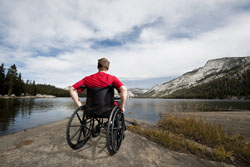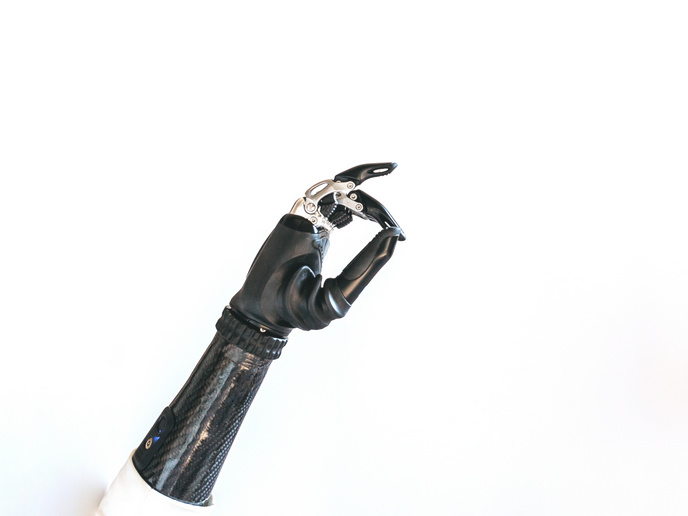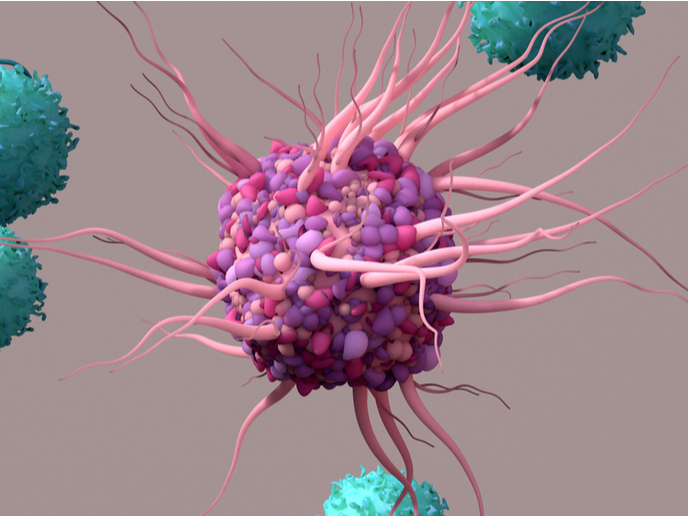Spinal cord injury — treatment and rehabilitation
Globally, 90 million people suffer from SCI and average lifetime costs range from EUR 0.45 million to 2.1 million for injuries starting at age 25. Poor quality of life for patients, families and caregivers as well as the socioeconomic burdens caused by SCI makes it imperative to find solutions. SPINAL CORD REPAIR researchers aimed to unravel the intricate neuronal circuitry involved in locomotion, factors affecting plasticity, and difference between normal and altered neuronal activity after injury. They developed and trademarked an experimental set up called MotoRater for standardised testing of skilled locomotion in rodents. Animal models were used to identify and characterise the cellular properties of excitatory central pattern generator (CPG) neurons, such as EphA4, involved in locomotion. CPGs are neural circuits in the spinal cord that produce rhythmic motor movements from interplay between CPG neurons and their synaptic interactions. Genetically labelled synaptic terminals and specific antibodies enabled identification and mapping of interneurons with high and low proprioceptive input in mouse spinal cord. Interneurons link sensory and motor neurons. Proprioception helps sense limb movement and location in space without visual cues. Researchers developed the transsynaptic virus method for selective visualisation of neurons directly connected to motor neurons. Selected muscle groups were injected to assess pre-motor interneurons' positions and percentages. Studies showed that proprioceptor-ablated mice have very poor rhythm stability. Chondroitin sulphate proteoglycans (CSPGs) and neurite outgrowth inhibitor-A (NogoA) are inhibitory in function. In vitro and in vivo studies showed that chondroitinase treatment within seven days of SCI could promote plasticity and nerve regeneration by digesting CSPG. Team members developed a slow chondroitinase-release method in tissue for treatment delivery over the course of three weeks. It was also found that antibody treatment to block NogoA in SCI cases enhances functional and anatomical regeneration in the injured site if followed up by rehabilitation. However, antibody NogoA and chondroitinase treatments given at the same time do not promote functional recovery in rodents. Further studies in animals and humans have shown correlation between spinal reflex (SR) activity and locomotion. SCI affects the SR component and locomotor activity. Functional training with treatments to induce plasticity can change the balance of SR components to improve locomotion. Research results were disseminated via scientific meetings and congresses, patent applications and international peer-reviewed publications. Ongoing research could result in breakthroughs in this field, placing the EU ahead in spinal regenerative medicine, and improved mobility and quality of life for millions.







